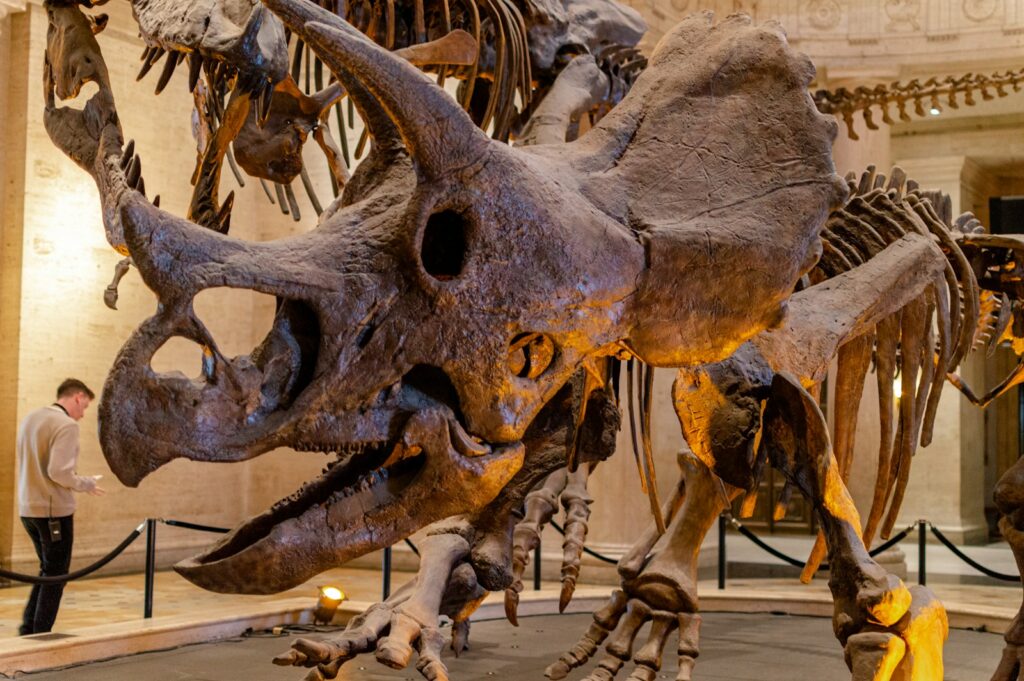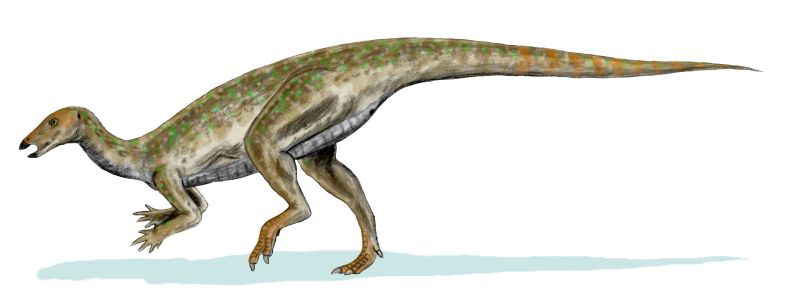The world of paleontology occasionally reveals phenomena so peculiar they seem almost recursive—fossils within fossils. When examining ancient dinosaur remains, scientists sometimes discover remarkable traces of other organisms preserved inside the bones themselves. These “nested fossils” provide extraordinary windows into ancient ecosystems and interactions between prehistoric creatures. This fascinating phenomenon, where one fossil contains another, represents a rare but illuminating aspect of the fossil record that helps scientists construct more detailed pictures of prehistoric life. Through careful analysis of these double fossils, researchers can extract information about predator-prey relationships, parasitism, and even post-mortem processes that affected dinosaur remains after death.
The Remarkable Process of Fossil-within-Fossil Formation

The creation of a fossil inside another fossil requires a specific sequence of events and precise conditions. Initially, a dinosaur must die and begin the fossilization process, with minerals gradually replacing its organic matter. During this period, before complete mineralization occurs, other organisms might burrow into the partially decomposed bone, leaving traces or dying within these cavities. As the dinosaur bone continues to fossilize, these secondary inhabitants become preserved within the larger fossil structure. This double preservation requires exceptional conditions to maintain the integrity of both the original bone and the secondary remains. The process represents a paleontological rarity that provides unique insights unavailable through conventional fossil specimens, essentially creating a time capsule within a time capsule.
Trace Fossils Inside Dinosaur Bones

Among the most common nested fossils are trace fossils—evidence of biological activity rather than body parts—found within dinosaur bones. These traces often appear as tunnels, burrows, or borings created by insects, worms, or fungi that invaded dinosaur carcasses after death. Paleontologists can identify these traces through their distinctive patterns and morphologies, which differ from natural cracks or geological processes. When examining dinosaur bones under microscopes or CT scans, researchers frequently discover intricate networks of tiny tunnels measuring just millimeters in diameter, testimony to ancient decomposers at work. These trace fossils offer crucial information about decomposition processes in prehistoric environments and the organisms that facilitated the recycling of nutrients from dinosaur remains back into ancient ecosystems.
Insect Evidence: Beetle Borings
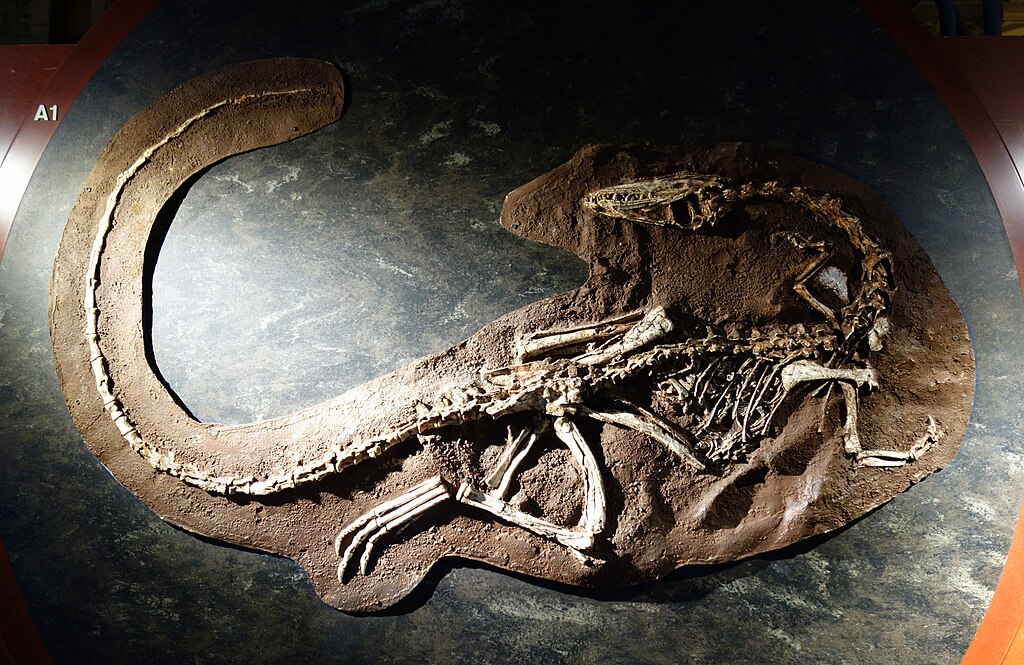
Beetle borings represent one of the most frequently identified trace fossils in dinosaur bones. Modern dermestid beetles are well-known bone cleaners, and their ancient relatives appear to have fulfilled similar ecological roles during the Mesozoic Era. These prehistoric beetles would lay eggs in decomposing dinosaur carcasses, and their larvae would then tunnel through cartilage and into bone tissue, leaving distinctive boring patterns. Paleontologists can identify these beetle traces by their characteristic size, shape, and boring pattern, which typically measure 2-5mm in diameter and follow predictable trajectories through bone material. In 2008, researchers discovered beetle borings in a Triceratops pelvis from the Hell Creek Formation, providing direct evidence of insect scavenging behavior dating back over 66 million years and offering insights into decomposition processes during the late Cretaceous period.
Fungal Networks Preserved in Bone

Fungal activity represents another common source of trace fossils within dinosaur remains. Ancient fungi invaded dinosaur bones post-mortem, creating microscopic networks as they decomposed organic material within the bone structure. These fungal traces appear as extremely fine, branching networks that spread through the internal bone structure like tiny root systems. When preserved, these fungal hyphae create distinctive patterns that paleomycologists—scientists who study ancient fungi—can identify and analyze. Recent advances in micro-CT scanning technology have revolutionized the study of these delicate structures, revealing three-dimensional fungal networks preserved within the densest parts of dinosaur bones. By comparing these ancient fungal traces with modern decomposers, scientists gain insights into evolutionary relationships and ecological processes spanning millions of years.
Evidence of Parasitism: Prehistoric Hitchhikers
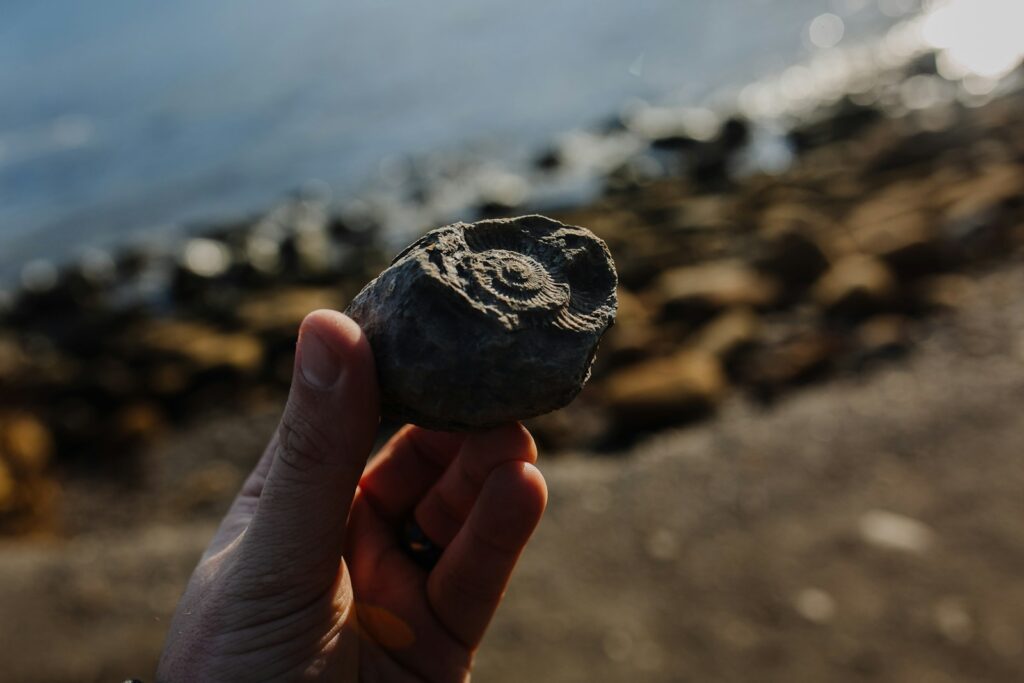
Perhaps most intriguing are the rare cases where signs of parasitism become preserved within dinosaur bones. Some dinosaur specimens contain pathological bone growth or unusual internal structures that suggest parasitic infections during the animal’s lifetime. These infections sometimes leave characteristic lesions, tunnels, or chambers within bone tissue that become preserved during fossilization. In 2009, researchers described evidence of protozoan parasites similar to modern Trichomonas in a Tyrannosaurus rex specimen, identified through distinctive bone lesions that matched patterns seen in modern birds with similar infections. When such parasites trigger bone remodeling or inflammation during a dinosaur’s life, these altered bone structures create unique scenarios where the parasite’s presence becomes indirectly fossilized within the host’s remains, providing rare glimpses into dinosaur diseases and immune responses.
Predator Traces: Tooth Marks and Healing
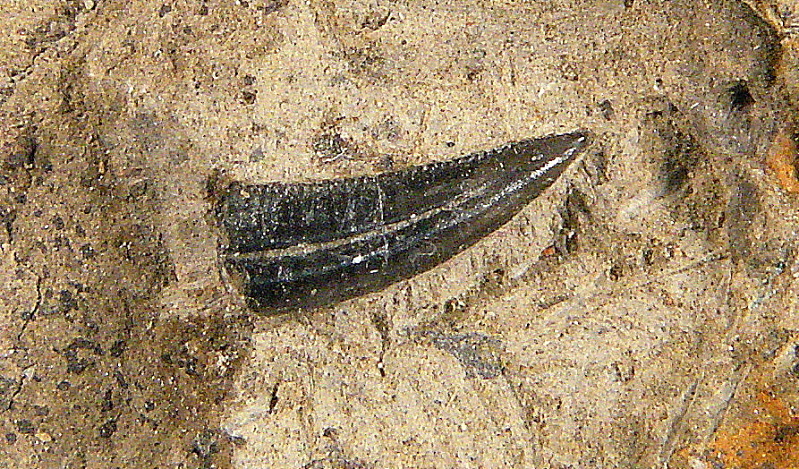
Dinosaur bones sometimes preserve evidence of predation in the form of tooth marks that subsequently healed or were in the process of healing when the animal died. These marks represent a unique form of nested fossil, where the trace of one animal becomes incorporated into the bone structure of another. Healed bite marks are particularly valuable as they demonstrate the dinosaur survived the attack, providing evidence for predator-prey dynamics and hunting behavior. CT scans of a Triceratops femur revealed multiple healed Tyrannosaurus rex bite marks, showing distinctive bone remodeling around tooth punctures that had partially healed before the herbivore’s death. Such discoveries help paleontologists reconstruct prehistoric food webs and understand the complex relationships between predators and prey in Mesozoic ecosystems.
Nested Fossils in Coprolites
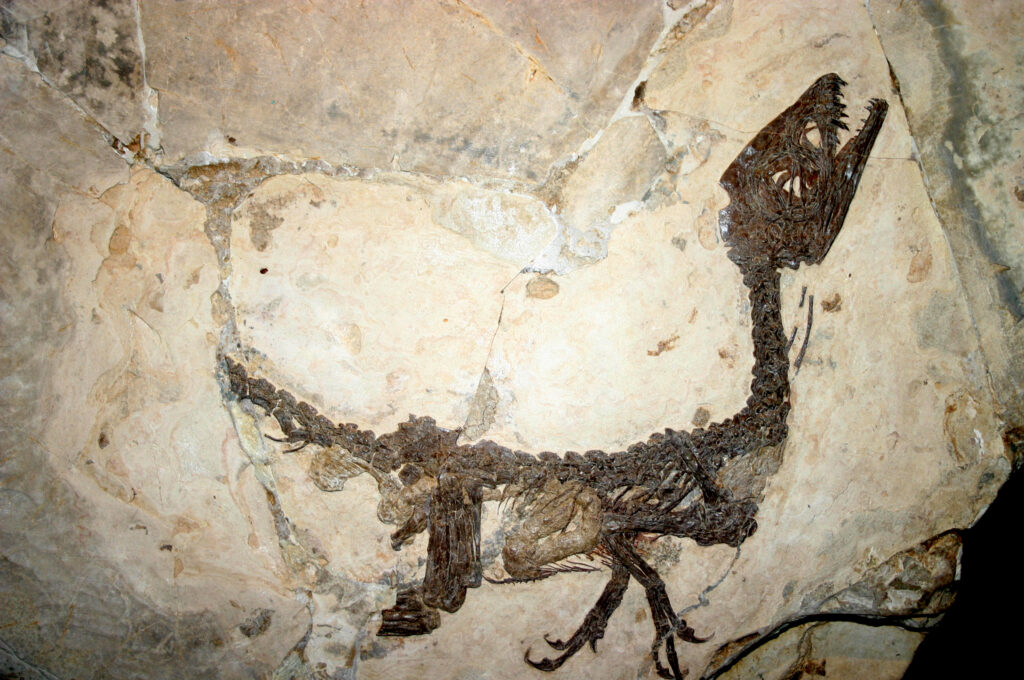
Coprolites—fossilized feces—represent another intriguing category where nested fossils frequently occur. Dinosaur coprolites occasionally contain identifiable bone fragments, teeth, plant material, or other remains that passed through the digestive tract. These inclusions become preserved within the larger coprolite structure, creating a fossil-within-fossil scenario that provides direct evidence of dinosaur diets. A remarkable example comes from a large theropod coprolite discovered in Saskatchewan that contained partially digested Triceratops bone fragments, confirming predation rather than scavenging. The preservation of these nested materials requires exceptional conditions, typically involving rapid burial and minimal disturbance, making such specimens especially valuable for understanding prehistoric food chains and digestive capabilities of extinct animals.
Modern Detection Methods
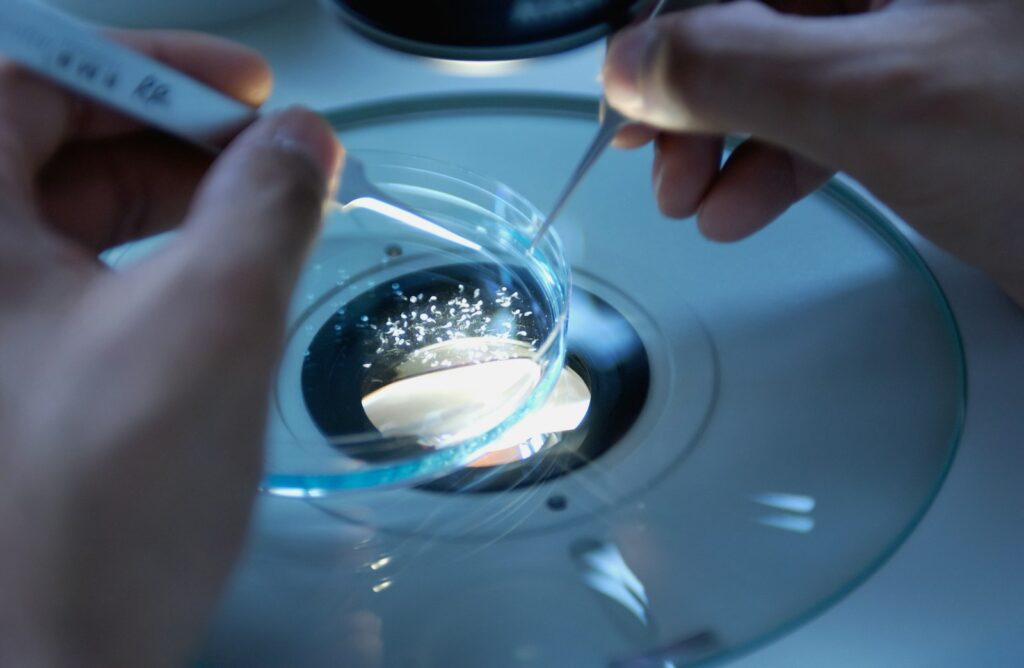
Identifying fossils within fossils has evolved dramatically with technological advances. Traditional methods relied on creating thin sections of bone and examining them under microscopes, a destructive process that limited sample sizes. Today, non-invasive technologies like micro-CT scanning allow researchers to visualize internal bone structures without damaging specimens. These scans can detect density differences that reveal tunnels, borings, and other traces inside fossil bones with remarkable precision. Synchrotron radiation scanning, which uses high-energy X-rays from particle accelerators, can detect chemical differences in fossilized materials, sometimes revealing traces invisible to other methods. These advanced techniques have dramatically increased discoveries of nested fossils, as researchers can now virtually explore the internal structure of dinosaur bones without physically altering precious specimens.
Microfossils Inside Bone Cavities
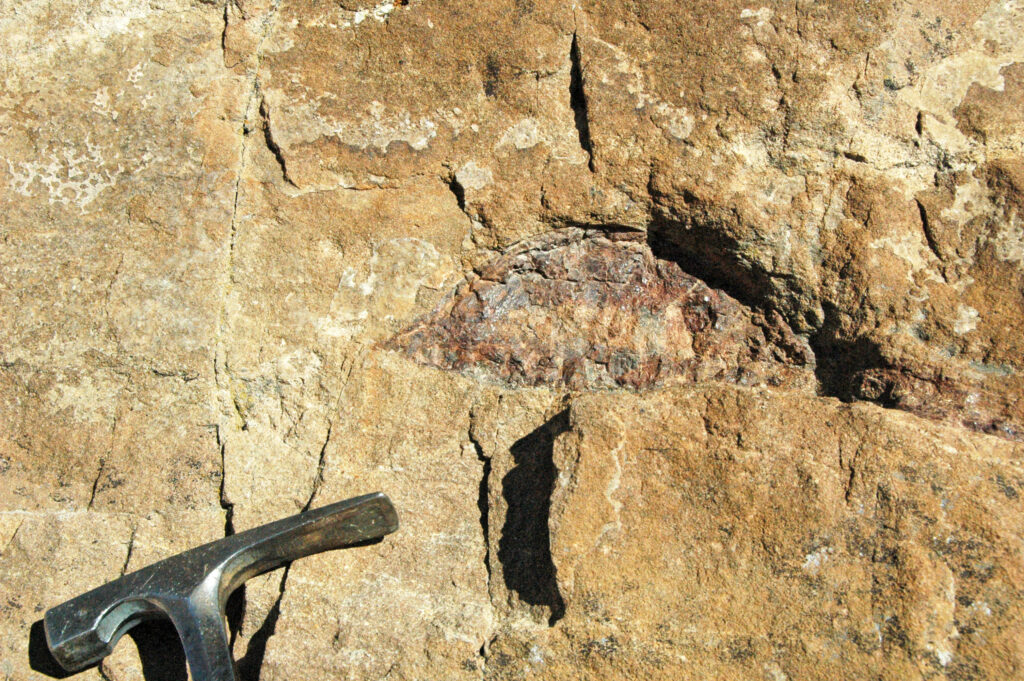
The internal cavities of dinosaur bones occasionally preserve entire microfossil assemblages, creating miniature ecosystems frozen in time. When dinosaur bones rested in shallow water environments before complete fossilization, sediments containing microorganisms could enter bone cavities through breaks or natural openings. These sediments sometimes preserve diatoms, foraminifera, ostracods, and other microorganisms that became entombed within the larger bone structure. A hadrosaur femur from the Judith River Formation contained a remarkable assemblage of freshwater microfossils inside its marrow cavity, providing essential environmental data about the habitat where the dinosaur’s remains were deposited. These microfossil collections help paleontologists reconstruct ancient environments with extraordinary precision, offering insights into local water conditions, climate, and ecology.
Taphonomic Insights from Nested Fossils

The study of nested fossils offers crucial taphonomic information—details about what happened to dinosaur remains between death and discovery. The presence of certain trace fossils within bones can indicate exposure duration, seasonal effects, and environmental conditions during fossilization. For instance, specific beetle species only colonize remains during particular decomposition stages, allowing scientists to estimate how long a dinosaur carcass remained exposed before burial. Nested fossils also reveal whether remains were submerged in water, buried quickly, or subjected to repeated exposure and burial cycles. These taphonomic clues help paleontologists interpret fossil assemblages more accurately, distinguishing between animals that lived together versus remains that accumulated through different processes over time.
Famous Examples of Nested Fossils

Several remarkable discoveries have highlighted the scientific value of fossils within fossils. One notable example comes from the Two Medicine Formation in Montana, where a juvenile Maiasaura bone contained intricate networks of tunnels created by dermestid beetle larvae, providing one of the earliest clear examples of insect scavenging on dinosaur remains. Another fascinating case involved a Tyrannosaurus vertebra that preserved evidence of both fungal invasion and termite activity, demonstrating the complex decomposition processes affecting even the largest dinosaurs. Perhaps most spectacular was the discovery of a small mammal skeleton preserved inside the abdominal cavity of a small theropod dinosaur from China’s Yixian Formation—possibly evidence of a final meal preserved for over 125 million years. These exceptional specimens continue to provide detailed windows into ancient ecological relationships impossible to observe through conventional fossilization.
Evolutionary Implications of Nested Fossils
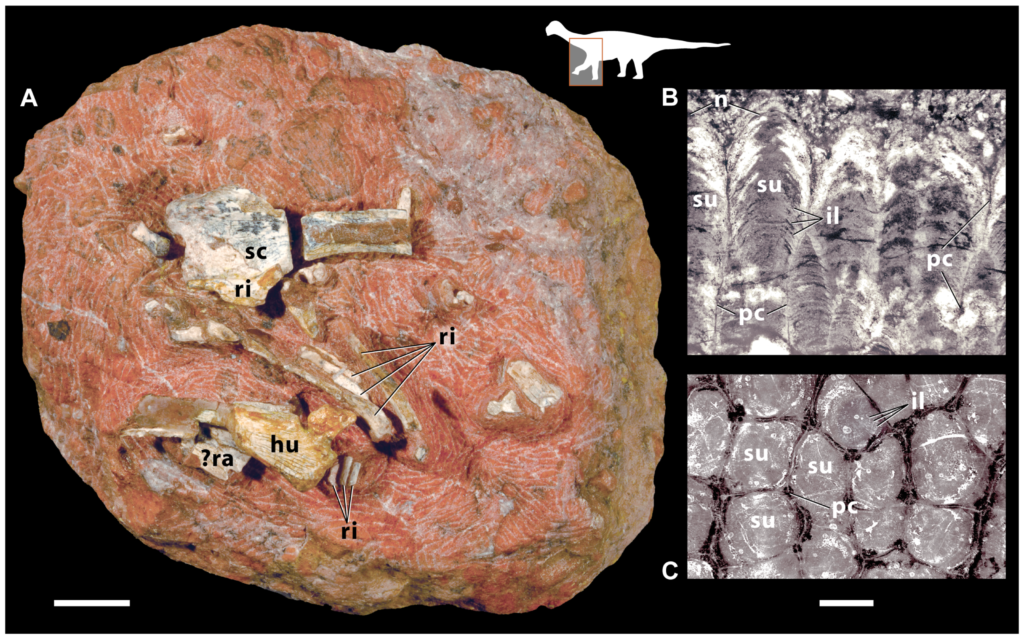
Nested fossils offer unique evolutionary insights impossible to glean from traditional specimens. By identifying specific decomposers, parasites, and predators associated with dinosaur remains, paleontologists can track evolutionary relationships and ecological specializations across deep time. The discovery of dermestid beetle borings nearly identical to those made by modern species suggests remarkable evolutionary stasis in these decomposer insects over 100 million years. Similarly, fungal decomposition patterns in dinosaur bones closely resemble those produced by modern fungi, indicating conservation of decomposition mechanisms throughout evolutionary history. These nested fossils help scientists understand the antiquity of certain ecological relationships and track specializations that evolved alongside dinosaurs. The evidence suggests many decomposer and parasite relationships were already well-established during the Mesozoic, challenging notions that modern ecological interactions developed primarily after dinosaur extinction.
Future Research Directions

The study of fossils within fossils represents a rapidly evolving field with numerous promising research frontiers. New imaging technologies continue to enhance detection capabilities, with artificial intelligence algorithms now being developed to automatically identify trace fossils in CT scan data. DNA and protein recovery from protected environments inside dinosaur bones remains a tantalizing possibility, with bone cavities potentially offering superior preservation conditions compared to exposed surfaces. Researchers are increasingly applying forensic taphonomic approaches to nested fossils, using experimental archaeology with modern animal remains to better understand ancient decomposition processes. Community science initiatives are also expanding, with amateur fossil collectors being trained to recognize signs of nested fossils in their own discoveries, potentially increasing sample sizes available for study. As analytical techniques continue advancing, these remarkable double fossils will undoubtedly yield even more insights into the complex world of the dinosaurs.
Conclusion

The phenomenon of fossils within fossils represents one of paleontology’s most fascinating puzzles. These nested remains—whether insect borings, fungal networks, or microfossil assemblages—provide extraordinary windows into ancient ecosystems impossible to glimpse through conventional fossils alone. As technology advances and more researchers focus on these specialized preservations, our understanding of dinosaur ecology continues to deepen. Far from being simple stone impressions, dinosaur fossils reveal themselves as complex time capsules, preserving not just the animals themselves but entire ecosystems of organisms that interacted with them in life and death. These fossils within fossils remind us that paleontology is not merely the study of ancient creatures, but the intricate web of relationships that connected them across the vast expanse of prehistoric time.

